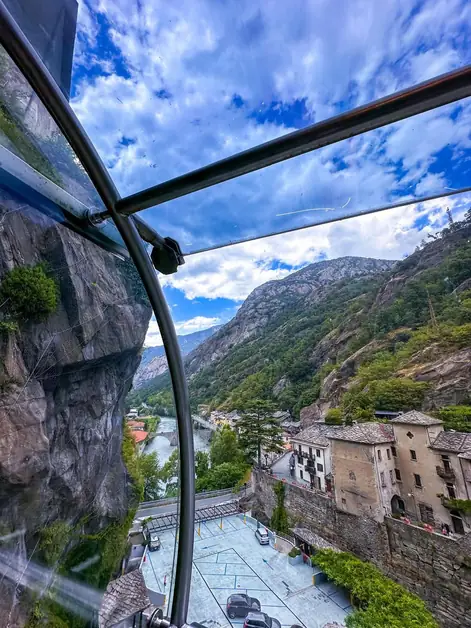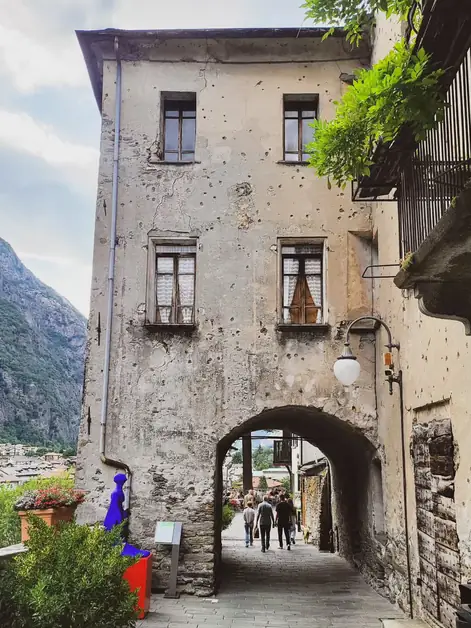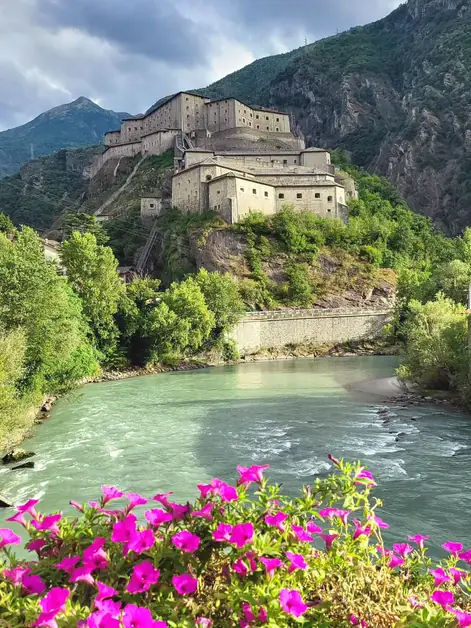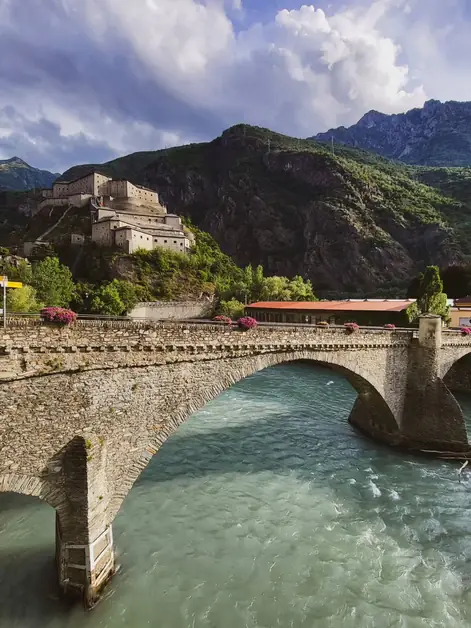Tourist Tax in Aosta Valley and Hidden Costs
Learn how the tourist tax affects your budget in Aosta Valley.
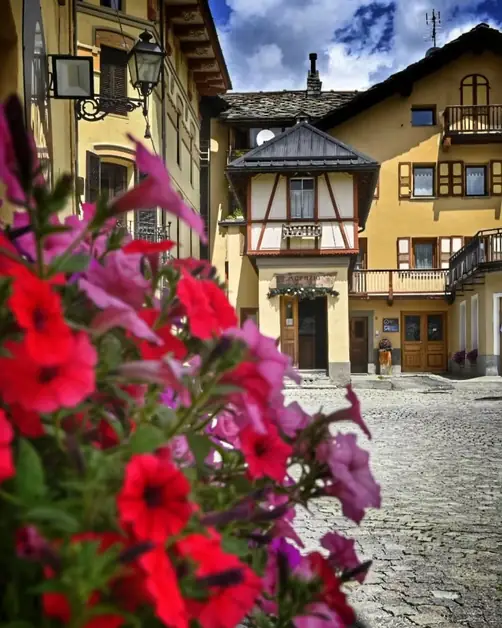
What is the tourist tax in Aosta Valley?
The tourist tax is a mandatory contribution that tourists pay for each night spent in a lodging facility in the region. It is a local tax that is allocated to municipalities to improve tourist services, maintain the territory, and organize events.
Where do you pay the tourist tax in Aosta Valley?
The tax is paid directly at the chosen facility: hotel, B&B, agritourism, campsite, residence, or tourist apartment. Tourists do not have to handle bureaucratic procedures, as the amount is collected by the managers at the time of payment for the stay.
How much does the tourist tax cost in Aosta Valley?
The amount varies based on the type of facility. Generally:
4 or 5-star hotels: from 2 to 3 euros per night per person.
3-star hotels: about 1.50-2 euros per night per person.
1 or 2-star hotels, B&Bs, agritourisms, and vacation homes: from 0.50 to 1 euro per night per person.
Campsites and shelters: reduced amounts, often around 0.20-0.50 euros per night. Rates may change from municipality to municipality, so it's always good to confirm with the facility.
Who must pay the tourist tax in Aosta Valley?
All adult tourists staying in a lodging facility in the region must pay it. In many cases, children under 12 years old are exempt, but rules may vary slightly depending on the municipality.
For how many nights is the tourist tax applied?
The tourist tax is not infinite: in Aosta Valley, it usually applies for a maximum of 7 consecutive nights. If a tourist stays for longer periods, from the following day they no longer have to pay the tax.
How does the tourist tax affect a vacation budget?
The impact is limited, but it depends on the type of facility and the duration of the stay. A couple staying in a 4-star hotel for 5 nights might spend around 20-30 euros total in tax. A family with two adults and two small children in a B&B for 4 nights might pay around 12-16 euros if the children are exempt. Those choosing a campsite will spend even less, just a few euros in total. Therefore, it is a modest amount compared to the overall cost of the vacation, but useful to consider to avoid surprises at checkout.
Why does the tourist tax exist in Aosta Valley?
The main reason is to fund tourist services. The collected sums are often reinvested in: signage for trails and hiking routes, maintenance of squares and green areas, promotion of cultural and sporting events, enhancement of natural and historical heritage. In this way, those who visit Aosta Valley directly contribute to the protection of the territory they are experiencing.
Can you refuse to pay the tourist tax?
No, it is a mandatory contribution provided for by regional regulations. Facilities are required to collect it and pass it on to the municipalities. It is not a personal choice, but a rule that applies to all tourists.
What are the differences between the municipalities of Aosta Valley?
Each municipality sets its own rates and can introduce specific rules. For example, more touristy locations like Courmayeur, Cogne, or La Thuile may apply slightly higher amounts compared to smaller villages. For this reason, two hotels of the same category, but located in different municipalities, might charge different amounts.
How to check the tourist tax before departure?
To avoid surprises, it is advisable to: check the official website of the destination municipality, ask for information directly from the lodging facility, read the conditions carefully at the time of booking. Many booking portals already specify the exact amount that will be requested on-site.
